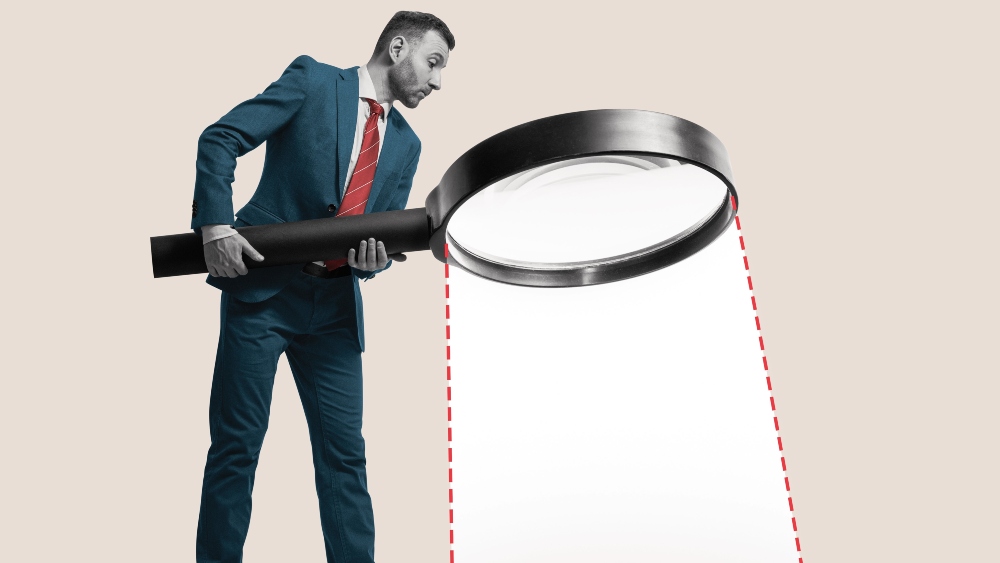

Andrew Robbins, Director of Security, Risk and Resilience, OCS UK & Ireland discusses the future of AI-powered surveillance and its ability to mitigate cybersecurity risks.
The future of surveillance: AI’s transformative role in threat monitoring
AI has become a dominant force in technology, particularly in the security sector.
Today, AI-powered surveillance is no longer limited to traditional monitoring, but has now evolved into a multi-faceted system capable of proactive threat detection and enhanced situational awareness.
The technology is transforming how security professionals operate, ensuring that surveillance goes beyond monitorisation and instead actively predicts and prevents security breaches.
The evolution of AI in surveillance technology
In the past, surveillance systems have relied on human operators, fixed cameras and basic motion detection software.
The arrival of AI-powered surveillance has driven a shift in security systems.
For example, AI-powered surveillance cameras are now equipped with advanced machine learning models which can analyse patterns, recognise and flag anomalies and detect any potential threats before they can escalate.
Taking inspiration from cybersecurity methodologies, such as the NCSC’s 10 Steps to Cyber Security, AI-powered surveillance leverages the power of predictive analyses and anomaly detection.
Just as AI models in cybersecurity can identify unusual web traffic patterns to prevent breaches, in surveillance technology, AI can be utilised to assess human behaviour, detect suspicious activity and alert security personnel in real time.
Couple this with technologies such as neural networks, computer vision and multimodal AI, security professionals will be able to work with a comprehensive security framework.
AI-powered surveillance: Behaviour recognition
Although facial recognition technology can be traced back to the 1960s, AI can now facilitate the identification of micro-expressions, posture and movement to identify potential threats.
For example, cameras integrated with AI can detect if an individual is lingering near a restricted area for an unusual amount of time.
Multimodal AI-powered surveillance systems only enhance this by combining numerous data streams – such as visual cues or speech patterns – to improve detection accuracy.
What this facilitates is a reduction in false alarms, while ensuring that genuine threats are identified promptly.
AI’s role in threat profiling
AI-powered surveillance technology can not only detect patterns in behaviour, but it can also help profile potential security threats.
By analysing data from multiple sources, the technology can assign risk profiles based on behavioural patterns, previous incidents and real-time environmental cues.
Security teams can leverage these insights to determine an appropriate response, such as deploying personnel or activating lockdown protocols.
This is particularly beneficial in high-security areas – such as airports, government buildings and sites of Critical National Infrastructure (CNI).
For instance, AI models can differentiate between a harmless individual adjusting their personal belongings and someone attempting to conceal a weapon.
This real-time threat profiling aids security teams in staying vigilant to threats, allowing them to focus on verified risks.
Additionally, the technology can enable co-ordination with law enforcement agencies and counter-terrorism teams in real-time.
If a high-risk individual is identified, AI can trigger alerts, track their movements across multiple surveillance networks and provide live updates to relevant personnel.
Securing public safety concerns
We are not just seeing the adoption of AI-powered surveillance on private premises.
Increasingly the technology is being deployed in public spaces to enhance safety.
Some AI models, originally developed to address driver fatigue detection, are now being adapted for security applications.
Cameras embedded in public transport hubs – like a bus station for example – can detect signs of distress, intoxication or suspicious behaviour.
However, there are concerns surrounding the technology’s ethical ramifications and it is vital that any privacy or data security concerns are addressed with the deployment of this technology.
Transparency with its deployment, clear regulations on data usage and watertight safeguards against misuse are essential to maintain public trust.
What does the future hold?
AI’s integration with surveillance technology has made significant strides, but the exciting part is that its capabilities are still evolving.
It’s likely that future developments will incorporate emotional AI – which can assess an individual’s emotional state to refine threat detection.
Additionally, the future will see AI continue to improve in its ability to distinguish between genuine threats and harmless activities, reducing the rate of misidentification and enhancing security teams’ vigilance.
Security professionals must stay ahead of the game by integrating AI-driven models tailored to their specific environments.
As businesses and security providers continue to adopt these technological advancements, surveillance will shift from reactive to proactive monitoring, helping drive a future where security threats are identified and mitigated before they can strike.
This article was originally published in the July edition of Security Journal UK. To read your FREE digital edition, click here.




